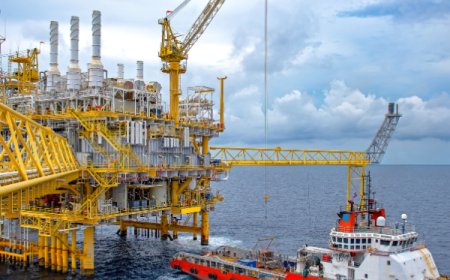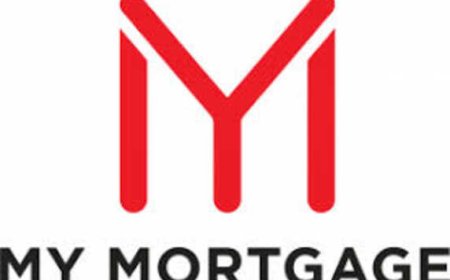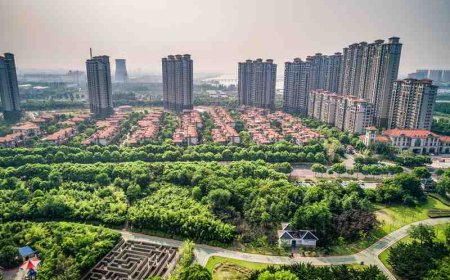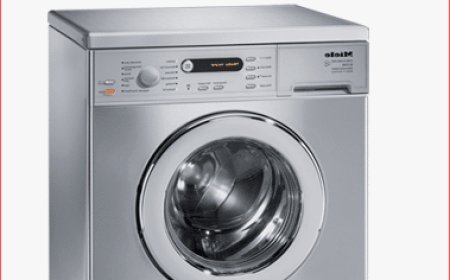What is a Power Distribution Center and Its Purpose?
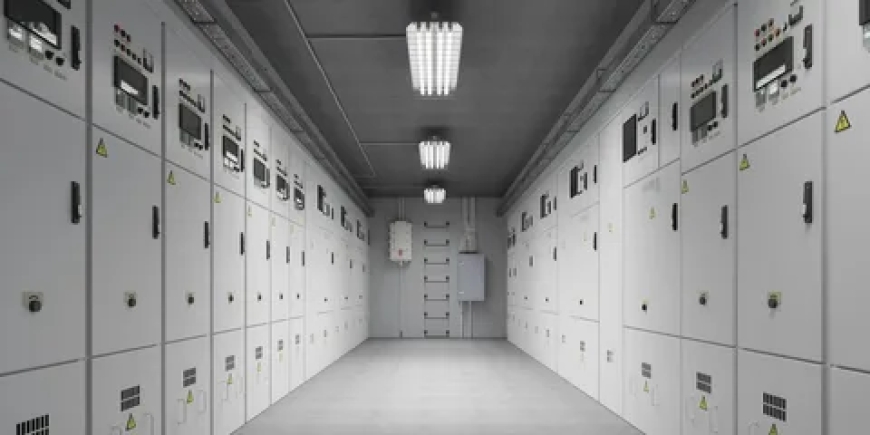
In today's fast-paced industrial and technological landscape, the need for reliable and efficient power distribution systems is more important than ever. One of the key elements in any electrical infrastructure is the Power Distribution Center. These centers play a vital role in ensuring that power is delivered safely and efficiently to various systems, machinery, and facilities. This article explores every aspect of power distribution centers, from basic definitions to technical insights, industry applications, and emerging trends.
What is a Power Distribution Center (PDC)?
A Power Distribution Center, or PDC, is a centralized system used for managing and distributing electrical power to various parts of a facility. These units receive high-voltage electricity from power sources and convert it into lower, usable voltages that can be safely used by equipment and machinery.
In simpler terms, a PDC acts as a hub where electricity is distributed across various circuits and systems, ensuring that each part of the facility receives the necessary power to operate effectively.
Components of a Power Distribution Center
A typical PDC includes several critical components, such as:
-
Transformers: Step down the voltage levels.
-
Circuit Breakers: Protect the system from overloads and faults.
-
Busbars: Conduct electricity within the panel.
-
Control Panels: Interface for monitoring and controlling the distribution process.
-
Meters: Measure current, voltage, and power usage.
-
Fuses: Provide overcurrent protection.
-
Switchgear: Facilitate safe connection and disconnection of electrical circuits.
Types of Power Distribution Centers
There are different types of PDCs, each designed for specific applications:
a. Low Voltage PDCs
Used in residential or small commercial buildings where the voltage requirement is minimal.
b. Medium Voltage PDCs
Common in manufacturing plants, data centers, and hospitals.
c. High Voltage PDCs
Used in utilities and large industrial facilities where the demand for power is high.
Working Principle of a PDC
The primary function of a PDC is to transform and route electrical energy from a high-voltage source to various low-voltage outputs. Here's how it works:
-
Reception: High-voltage electricity is received from the main power supply.
-
Transformation: The voltage is stepped down via transformers.
-
Distribution: Power is distributed through circuit breakers and busbars.
-
Protection: Circuit breakers and fuses ensure safe operation.
-
Monitoring: Meters and control systems monitor usage and efficiency.
Applications of Power Distribution Centers
Power Distribution Centers are used across a variety of industries:
-
Industrial Plants
-
Data Centers
-
Hospitals
-
Commercial Buildings
-
Construction Sites
-
Renewable Energy Systems
Benefits of Using Power Distribution Centers
Implementing a PDC in your electrical infrastructure provides numerous benefits:
-
Improved Safety
-
Enhanced Power Management
-
Minimized Downtime
-
Efficient Load Distribution
-
Customizable Configuration
-
Real-time Monitoring and Control
-
Cost Savings
Challenges in Power Distribution
Despite their benefits, PDCs come with their own set of challenges:
-
Complex Installation
-
Maintenance Requirements
-
High Initial Costs
-
Space Constraints
-
Heat Generation
Modern Innovations in Power Distribution Centers
The rise of digitalization and smart technology has led to several advancements in PDCs:
-
Smart PDCs with IoT capabilities
-
Remote Monitoring and diagnostics
-
Integration with SCADA systems
-
AI-powered Predictive Maintenance
-
Modular Designs for flexible expansion
Safety Considerations
Safety is a top priority in the design and operation of PDCs. Important safety measures include:
-
Grounding and Bonding
-
Short Circuit Protection
-
Proper Ventilation
-
Emergency Shut-off Systems
-
Personal Protective Equipment (PPE)
11. Installation and Maintenance
Installation Steps:
-
Site Survey
-
Electrical Load Calculation
-
Equipment Selection
-
System Design
-
Assembly and Wiring
-
Testing and Commissioning
Maintenance Tips:
-
Schedule regular inspections.
-
Monitor system performance.
-
Replace worn-out components.
-
Calibrate instruments periodically.
-
Maintain detailed records.
Power Distribution Center vs Switchgear
|
Feature |
Power Distribution Center |
Switchgear |
|
Function |
Distributes power |
Controls and protects circuits |
|
Components |
Transformers, meters, breakers |
Circuit breakers, relays |
|
Usage |
Wide applications |
Specific protection roles |
|
Monitoring |
Advanced monitoring options |
Limited monitoring |
Energy Efficiency and Environmental Impact
Modern PDCs are designed with energy efficiency in mind:
-
Energy-Efficient Transformers
-
Low-loss Materials
-
Smart Load Management
-
Eco-friendly Insulation Materials
-
Recyclable Components
Future of Power Distribution Centers
The future of PDCs is being shaped by technological advancements:
-
Integration with Renewable Energy Sources
-
Smart Grid Compatibility
-
Edge Computing for Faster Decisions
-
Augmented Reality for Maintenance
-
Blockchain for Secure Data Logging
Conclusion
Power Distribution Centers are at the heart of modern electrical systems, ensuring safe, reliable, and efficient power delivery. With growing demands and evolving technologies, the role of PDCs continues to expand, making them indispensable in every industry. Investing in a well-designed, properly maintained PDC can lead to significant operational advantages and cost savings.
FAQs
Q1: What is the main purpose of a Power Distribution Center?
A: Its main purpose is to safely distribute electrical power from a central source to various subsystems.
Q2: Can PDCs be customized for different applications?
A: Yes, they can be custom-designed based on voltage, load, and space requirements.
Q3: Are PDCs used in residential settings?
A: Typically, no. Residential areas use smaller distribution boards or panels.
Q4: How often should a PDC be maintained?
A: It depends on usage, but typically every 6-12 months.
Q5: What is the difference between a PDC and a panel board?
A: A panel board is a component of a PDC, which includes more complex distribution and monitoring systems.
Q6: Are there mobile PDCs available?
A: Yes, mobile or skid-mounted PDCs are used in temporary setups like construction sites or remote locations.
Q7: What is the cost of setting up a PDC?
A: Costs vary widely based on capacity, components, and customization, ranging from a few thousand to millions of dollars.



